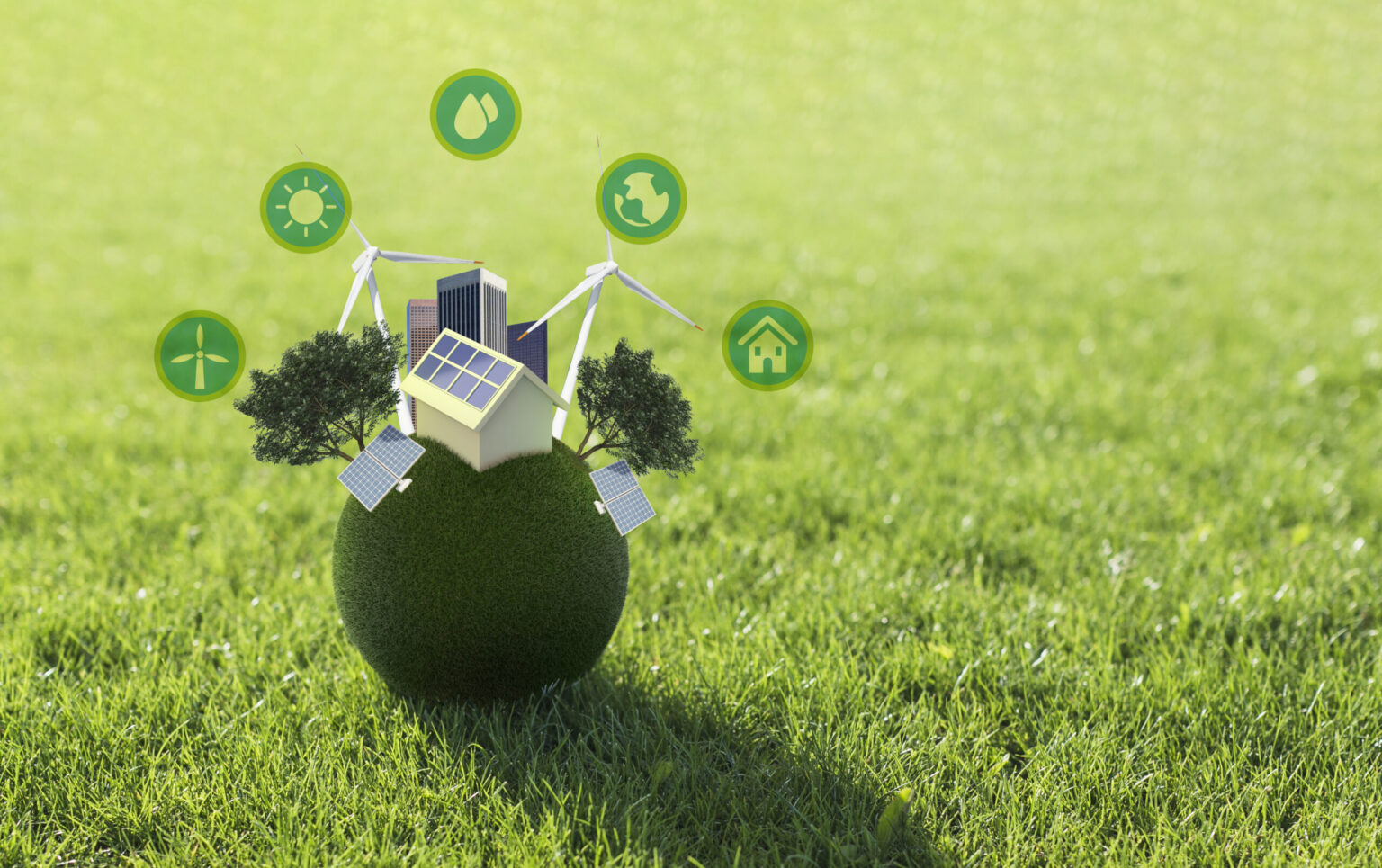First, let’s look at what is meant by the circular economy. It is a model of production and consumption that involves sharing, reusing, repairing, renewing, and recycling existing materials and products, so that the life cycle of products is longer.
In practice, the circular economy means reducing waste. So when a product reaches the end of its life cycle, materials are kept within the economy wherever possible. In this way, they can be used again and again, generating more value.
The circular economy contrasts with the traditional model – the linear economy model – based on the “produce” “use” “throw away” principle. This requires countless quantities of cheap and easily accessible materials.
Thus, the circular economy promotes a restructured economic model by coordinating production and consumption systems in closed loops, characterised as a dynamic process that requires technical and economic compatibility.
Why it is urgent to adopt a circular economy
Current trends of population growth and pressure on natural resources have highlighted the need for society to move towards an increasingly environmentally responsible and socially just paradigm.
An economy that ensures economic development, improved living conditions and employment, as well as the regeneration of natural capital are some of the reasons for the urgent need to adopt a more circular model.
According to the European Parliament, the circular economy is a model that focuses on maintaining the value of products and materials for as long as possible in the economic cycle.
This model provides short-term benefits and long-term strategic opportunities, such as:
- • Commodity price volatility and limited supply risks;
- • Improving the competitiveness of the economy;
- • Contribution to the conservation of natural capital, the reduction of emissions and waste and the fight against climate change.
What measures is the European Union implementing to move towards a truly circular economy?
Finite resources and climate challenges demand a shift from a “produce” “use” “throw away” society to a carbon-neutral, toxic-free, and fully circular economy by 2050.
To meet these targets, and in line with the EU’s 2050 climate neutrality target under the European Green Pact, in March 2020 the European Commission (EC) proposed the first package of measures to accelerate the transition to a circular economy, as set out in the Circular Economy Action Plan (CEAP).
CEAP makes commitments in line with the Paris Agreement, the EU Industrial Policy Strategy, and the UN 2030 Agenda for Sustainable Development Goals.
This plan therefore defines actions at three levels:
· Cross-cutting actions, which consolidate actions from various areas of government for this transition and include actions such as developing partnerships for innovation and fostering the financing of solutions that accelerate the transition to the circular economy;
· Sectoral agendas, especially for the more resource-intensive and export-oriented sectors. At this level, the lines launched by the ECAP are guidelines that can be appropriated by the sectors and complemented by other initiatives;
· Regional agendas, which will be adapted to the socio-economic specificities of each region, including the identification of industrial symbiosis networks and the sharing of good practices for the circular economy in an urban context.
Thus, the European Commission’s proposals include the promotion of environmentally responsible and socially fair products, consumer empowerment for the green transition, the revision of the regulation on construction products and a strategy on environmentally responsible and socially fair textiles.
In November 2022, the European Commission also proposed new EU-wide packaging rules. These include proposals to improve packaging design, such as objective labelling. And they call for a transition to bio-based, biodegradable, and compostable plastics.
In a resolution adopted on 9 February 2021, the European Parliament also called for stricter recycling standards and binding 2030 targets for material use and consumption.
In October 2022, the Parliament adopted revised rules on persistent organic pollutants (POPs) to reduce the amount of harmful chemicals in waste and production processes. The new rules will introduce stricter limits, ban certain chemicals, and keep pollutants separate from recycling.
At a time when economic growth is increasing worldwide, the application of the circular economy is essential both for environmental preservation and resource conservation as well as for financial sustainability.
Supporting documents:
- Barriers and drivers for accelerating the circular economy in Portugal.
- Towards a circular economy: Business case for an accelerated transition.
- Towards the circular economy: accelerating scaling up through global supply chains.
- World Resources Outlook 2019.
- Special Report: Circular Economy: Slow transition in Member States despite EU action.
Vídeos:
- https://ensina.rtp.pt/artigo/economia-linear-e-circular-diferencas-que-se-impoem/
- O que é a Economia Circular?
- Circular Economy (youtube.com)
- Como pode a sociedade repensar o progresso?
Links:
- https://expresso.pt/sustentabilidade/2023-07-10-Portugal-e-o-quarto-pais-da-Uniao-Europeia-com-menos-economia-circular-29088386
- https://www.publico.pt/2023/10/04/estudiop/noticia/dar-voz-transicao-economia-circular-2065605
- https://exame.com/esg/economia-circular-o-que-e-caracteristicas-importancia/
- Como alcançar a economia circular na UE até 2050? | Atualidade | Parlamento Europeu (europa.eu) https://www.europarl.europa.eu/topics/en/article/20210128STO96607/how-the-eu-wants-to-achieve-a-circular-economy-by-2050 (english version)
- https://portugal.representation.ec.europa.eu/news/economia-circular-novas-regras-da-ue-autorizam-utilizacao-de-plasticos-reciclados-nas-embalagens-de-2022-09-15_pt
- https://www.europarl.europa.eu/news/pt/press-room/20240419IPR20589/novas-regras-da-ue-para-reduzir-reutilizar-e-reciclar-embalagens
- https://www.europarl.europa.eu/news/en/press-room/20240419IPR20589/new-eu-rules-to-reduce-reuse-and-recycle-packaging (english version)



